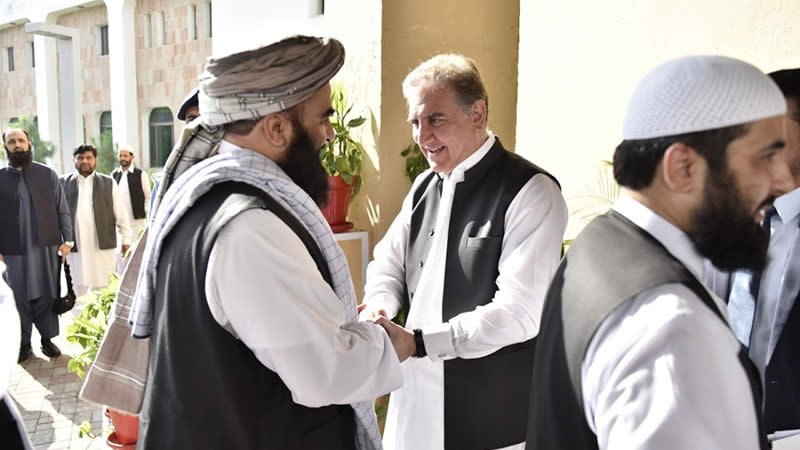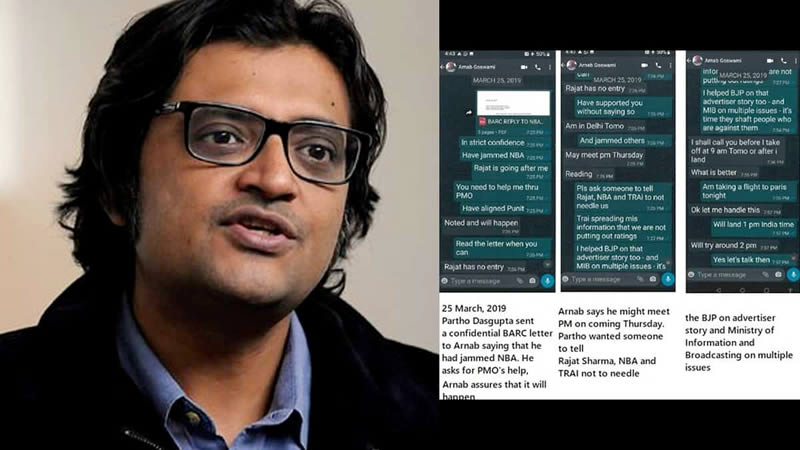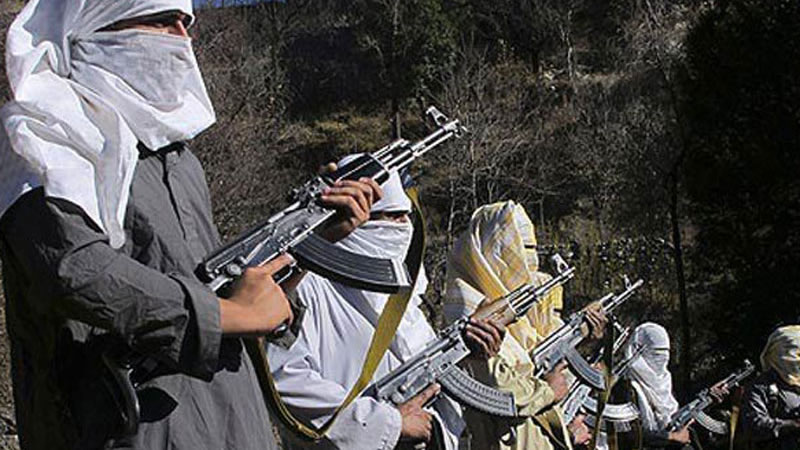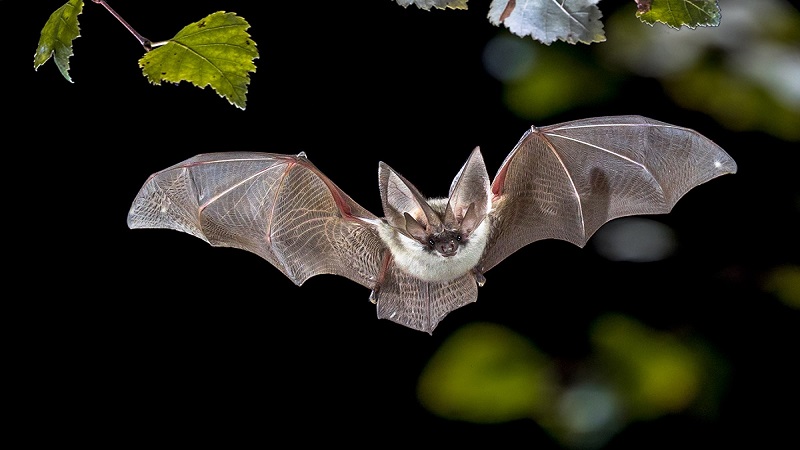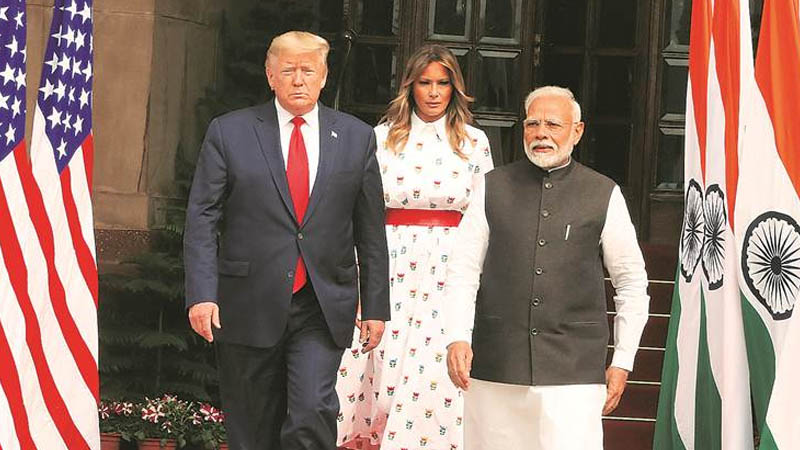 The development most telling about the US’s unchanged stance vis-à-vis North Waziristan (NW) in the recently conducted session of the Pak-US strategic dialogue was its grant of $ 2 billion in military aid. Supposedly a no-strings-attached aid package, the money is a guarantor of one thing: the US’s greatest expectation. A full-scale army offensive in NW before the July 2011 US withdrawal date is what the US is looking for. To think that a hefty aid package does not carry the weight of expectations amounts to fooling oneself. That is why Foreign Minister Shah Mehmood Qureshi’s statement at a press conference after his arrival from Washington fails to inspire belief.Saying that Pakistan will work on its own “timeline” to fight the militants currently being given safe havens near the Pak-Afghan border will not go down well with the US, despite its reiteration at the dialogue that Pakistan is its “strongest” ally in this war. Such statements reflect that the civilian government has bought into GHQ’s formula on NW. The fact that the $ 2 billion will be made available (if approved by Congress) in 2012 gives the Americans plenty of time to sit back and watch how far Pakistan will go in its counter-insurgency efforts in NW. There are many rationalisations that the Pakistan Army may be able to bank upon to postpone the offensive further, such as the onset of winter and how the formidable terrain in NW will not allow an operation in harsh conditions. However, winter will surely fade, but US expectations will not. Such is the nature of the NW conundrum, one that comes with it a $ 2 billion price tag.
The development most telling about the US’s unchanged stance vis-à-vis North Waziristan (NW) in the recently conducted session of the Pak-US strategic dialogue was its grant of $ 2 billion in military aid. Supposedly a no-strings-attached aid package, the money is a guarantor of one thing: the US’s greatest expectation. A full-scale army offensive in NW before the July 2011 US withdrawal date is what the US is looking for. To think that a hefty aid package does not carry the weight of expectations amounts to fooling oneself. That is why Foreign Minister Shah Mehmood Qureshi’s statement at a press conference after his arrival from Washington fails to inspire belief.Saying that Pakistan will work on its own “timeline” to fight the militants currently being given safe havens near the Pak-Afghan border will not go down well with the US, despite its reiteration at the dialogue that Pakistan is its “strongest” ally in this war. Such statements reflect that the civilian government has bought into GHQ’s formula on NW. The fact that the $ 2 billion will be made available (if approved by Congress) in 2012 gives the Americans plenty of time to sit back and watch how far Pakistan will go in its counter-insurgency efforts in NW. There are many rationalisations that the Pakistan Army may be able to bank upon to postpone the offensive further, such as the onset of winter and how the formidable terrain in NW will not allow an operation in harsh conditions. However, winter will surely fade, but US expectations will not. Such is the nature of the NW conundrum, one that comes with it a $ 2 billion price tag.
In all the years since 9/11, the great superpower has been unable to prevail in getting Pakistan’s dual policies — introduced by Musharraf when he agreed to hand over al Qaeda to the US but secretly nurtured the Afghan Taliban to gain a strong foothold in Afghanistan — changed. That is because the Pakistani military has played its cards exceptionally well, knowing that without its cooperation, any US plans for Afghanistan were bound to crumble. Hence the US’s immutable carrot and stick policy, of which this $ 2 billion is the latest lure. The $ 7.5 billion approved in the Kerry-Lugar Bill is also one of the US’s many carrots.
As far as Pakistan is concerned, the country has a militant onslaught on its hands, with the Afghan Taliban’s safe havens slowly giving the US reason to apply pressure, the Pakistani Taliban (TTP) attacking urban and religious centres all over the country and Punjabi militants coming out of the woodwork. The struggle against jihadis has become all-encompassing now as the theological/ideological nexus has gelled the ‘good’ and ‘bad’ Taliban together. For the military to differentiate between them and choose sides will be tantamount to putting the Pakistani state at risk. It has yet to be seen just what kind of operation will be launched in NW, and when.
The situation has come to a pass where the US needs to start leaving Afghanistan by July 2011 and Pakistan needs to start facilitating that departure by curtailing its support to the Afghan Taliban. The two sides must weigh all the odds. If both stick to their guns, the withdrawal may be postponed and the region will continue to remain unstable.Unfortunately, the strategic dialogue seems to relay as much. Both sides came to the table with their individual aims and objectives intact. Although the dialogue bridged the trust deficit somewhat, until the deep-rooted doubts and reliance on dual policies are erased, not much is likely to change – dailytimes


